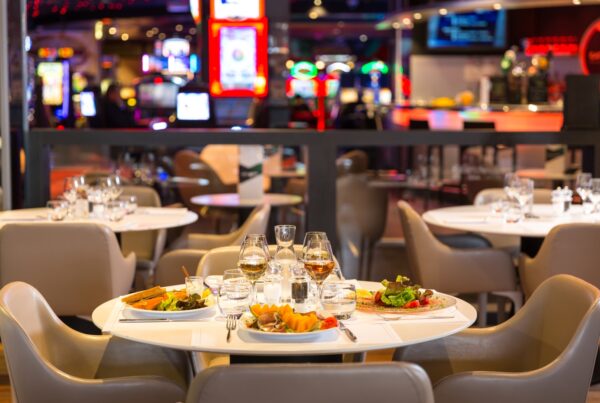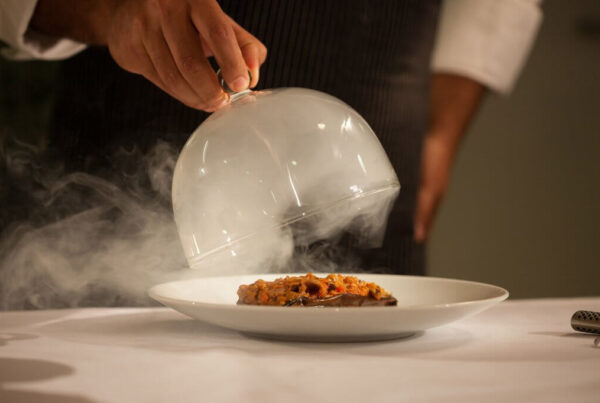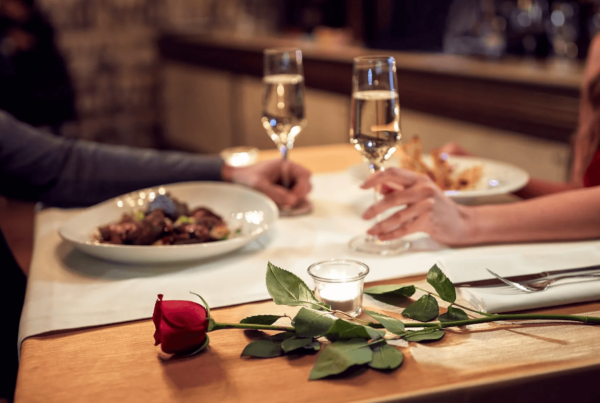What’s better than treating a client or business associate to a lovely lunch? Nothing can go wrong when you’re offering free food, right? Wrong buddy. If you fail to do your homework, that business lunch that you’ve been planning for the entire week can very easily backfire and leave you in a worse bargaining position than when you started. With the added aggravation that you actually have to pay for that privilege. Here’s how to avoid that.
1. Choose your location very wisely
The words ‘business lunch’ and ‘let’s try this’ don’t belong in the same sentence. Choose a restaurant that actually caters for business lunches and that you, yourself, have experienced and know to be reliable – or at the very least, that is so well-known that you don’t need to have experienced it yourself to go there with your mind at ease.
When choosing the location, do bear in mind parking options and traffic, especially with respect to your guest’s office. Since you are hosting, you need to make this as convenient as possible for your guest. Little gestures go a long way.
2. Inform the restaurant that this is a business lunch
It is always good to alert the restaurant, for various reasons. Time is the most obvious – a maitre d’ will typically ensure that everything takes place in a timely manner when business meetings are involved, rather than assuming that you are chilling and happy to linger between courses and after coffees.
Some places also offer special business menus, that get precedence in the kitchen, as well as special pricing.
3. Set an agenda
Just because your business meeting is taking place at a restaurant table, as opposed to a boardroom, it doesn’t mean you should relax and go with the flow. Do your prep work as you would for a normal meeting, and decide at which point you are going to move away from the chit-chat and on to the serious stuff. A good rule of thumb is to enjoy light chit-chat while eating and then to start your pitch at the coffee stage.
Set a time-limit for the lunch and the pitch, again as you would do for a normal business meeting. Ideally, a business lunch should take no longer than 90 minutes, and most good restaurants will respect this from their end.
”Just because your business meeting is taking place at a restaurant table, as opposed to a boardroom, it doesn’t mean you should relax and go with the flow
Ramona Depares
4. Limit your alcohol intake
We don’t really need to explain this, do we? Do offer your guest wine and liqueur – you would be a very poor host if you didn’t. But don’t jump on the bandwagon yourself. Enjoy a glass of wine, because you don’t want to appear too stuffy, but make it last and don’t be tempted to match your guest glass for glass. After all, you wouldn’t be guzzling it down at a normal presentation, would you?
Ah yes, if your guest turns out to be a teetotaller or is simply not drinking on the day, follow their suit and don’t order any alcohol. Boozing up while your potential client/associate sips on water is not a good look.
5. Settle the bill pronto
As soon as the bill makes an appearance at the table, whip out your credit card. Letting the restaurant know that you’re hosting a business lunch (remember tip number 2?) helps because it ensures that the waiter will present the bill directly to you, which is much smoother than just throwing it in centre of the table.
It also makes you look more wordly and polished, as though the restaurant staff are familiar with you and know that you’re in the habit of hosting these lunches. A veneer of sophistication never hurts!










